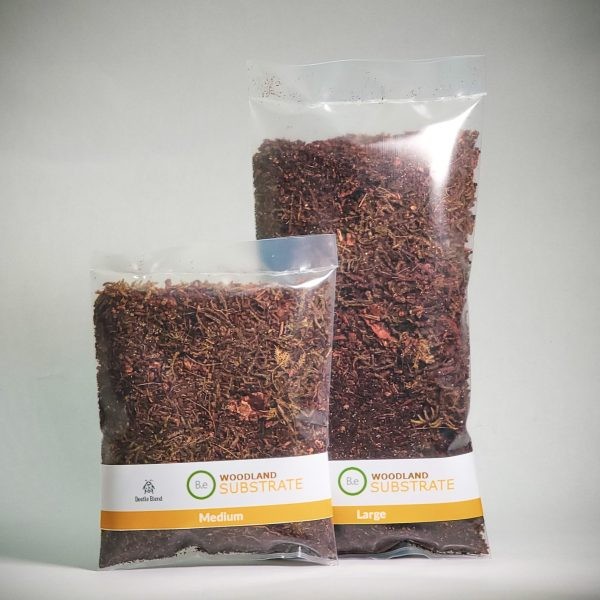Ladybugs, also known as lady beetles or ladybirds, are often seen as charming garden visitors, beneficial for pest control. But have you ever considered keeping a ladybug as a pet? The answer is yes! Ladybugs can indeed make fascinating and low-maintenance pets, offering a unique opportunity to observe nature up close. To ensure your tiny companion thrives, understanding how to create the ideal habitat is key.
Creating a comfortable and safe enclosure is the first step in ladybug care. A suitable home for your pet ladybug should mimic their natural environment as closely as possible. This means considering factors like temperature, humidity, ventilation, and food sources. An artificial habitat is often the easiest to manage, and you can use a variety of materials to build one. Consider using a clear container with escape-proof covers to prevent your ladybug from wandering and to keep out unwanted pests. Ventilation is crucial, so ensure your enclosure has adequate airflow. Aim for a temperature range of 65–75 degrees Fahrenheit and humidity levels between 40–50%. Monitoring these conditions will help you maintain a healthy environment for your ladybug.
For the base of your ladybug’s home, the right substrate is essential. A mixture of coco fiber soil, peat moss, and perlite provides excellent moisture balance and mimics the natural soil conditions ladybugs are accustomed to. A substrate depth of about two to three inches is ideal, allowing for natural behaviors. To enrich the habitat further, add small leaves, twigs, and bark. These not only offer hiding spots but also contribute to a more natural and stimulating environment for your pet. Remember to keep the substrate slightly moist by misting it with water a few times a week, being careful not to oversaturate it, which can lead to mold. Replacing the substrate every 6–12 months will help maintain a clean and healthy habitat.
 Coco fiber, peat moss, and perlite substrate mix for a ladybug enclosure, providing optimal moisture balance.
Coco fiber, peat moss, and perlite substrate mix for a ladybug enclosure, providing optimal moisture balance.
To make your ladybug feel even more at home, incorporate plants into their enclosure. Certain plants are particularly beneficial, providing both food and shelter. Plants with nectar and pollen are excellent food sources for ladybugs. Consider including plants like marigolds, asters, daisies, or cosmos in your ladybug habitat. These not only offer nourishment but also add visual appeal to the enclosure.
In conclusion, keeping a ladybug as a pet can be a rewarding experience. By providing the correct enclosure, substrate, and plant life, you can create a thriving habitat for your tiny beetle. With a little care and attention, you can enjoy observing these fascinating creatures in your own home.